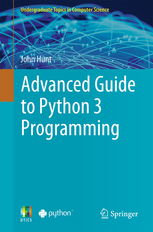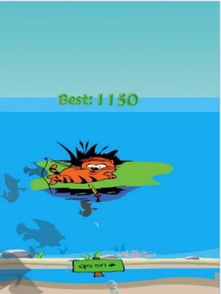Introduction:
Waterfishing, or fishing in a body of water, is a popular outdoor activity that offers both relaxation and the thrill of catching fish. Whether you're a seasoned angler or a beginner looking to explore the world of waterfishing, understanding the basics and mastering the techniques can significantly enhance your experience. In this article, we'll delve into the essential tips and tricks for waterfishing, accompanied by helpful diagrams to guide you through the process.
Choosing the Right Equipment:
Before you step into the water, it's crucial to have the right gear. Here's a breakdown of the essential equipment you'll need:
1 Rod and Reel:
- Rod: Choose a rod that matches the type of fish you're targeting. Longer rods are better for casting, while shorter rods are more sensitive for precise adjustments.
- Reel: Spincasting reels are ideal for beginners, as they are easy to use and forgiving.
2 Line:
- Use monofilament line for general fishing, as it's strong and flexible. The line size should match the fish you're aiming to catch.
3 Lures and Baits:
- Lures: These mimic the movement of real fish and can be effective for attracting fish.
- Baits: Natural baits like worms, insects, or fish can also be highly effective.
4 Tackle Box:

- Keep essential tools like hooks, sinkers, swivels, and leaders in your tackle box for quick repairs and adjustments.
Choosing the Right Location:
The location you choose can greatly impact your fishing success. Here are some tips for selecting the perfect spot:
1 Water Type:
- Freshwater and saltwater fishing have different techniques and equipment. Choose the type of water based on your preference and the fish you want to catch.
2 Depth:
- Fish are often found in different depths depending on the season and weather. Use a fishfinder to locate fish and adjust your depth accordingly.
3 Structure:
- Look for natural structures like rocks, logs, and weeds, as they provide shelter and attract fish.
Techniques for Waterfishing:
Now that you have your gear and location, it's time to learn the techniques:
1 Casting:
- Hold the rod with a comfortable grip and position your feet shoulder-width apart.
- Swing the rod back and forth, then release the line when the lure reaches the desired spot.
- Practice casting in different directions to improve your accuracy.
2 Baiting:
- Attach your bait or lure to the hook using a knot that won't slip.
- Make sure the bait is securely attached to avoid losing fish.
3 Lure Movement:
- Use a variety of retrieves, such as slow, steady, or erratic movements, to mimic the natural behavior of fish.
4 Patience:
- Be patient and wait for the fish to bite. Avoid reeling in too quickly, as this can spook the fish.
Safety Tips:
Safety should always be a priority when waterfishing:
1 Weather Conditions:
- Check the weather forecast before heading out and be prepared for changing conditions.
2 Water Conditions:
- Be aware of the water's depth, current, and temperature to avoid accidents.
3 First Aid:
- Carry a first aid kit and know basic first aid procedures in case of an emergency.
Diagrams for Better Understanding:
To help you visualize the techniques, here are some diagrams:
Diagram 1: Casting Technique [Insert diagram showing the casting motion, including the backcast, forward cast, and the release point.]
Diagram 2: Baiting Technique [Insert diagram showing how to attach a bait or lure to the hook using a knot.]
Diagram 3: Lure Movement [Insert diagram showing different lure retrieves, such as slow, steady, and erratic movements.]
Conclusion:
Waterfishing is an enjoyable and rewarding activity that can be enjoyed by people of all ages. By following these tips and using the provided diagrams, you'll be well on your way to becoming a skilled waterfisher. Remember to always prioritize safety and respect the environment. Happy fishing!












